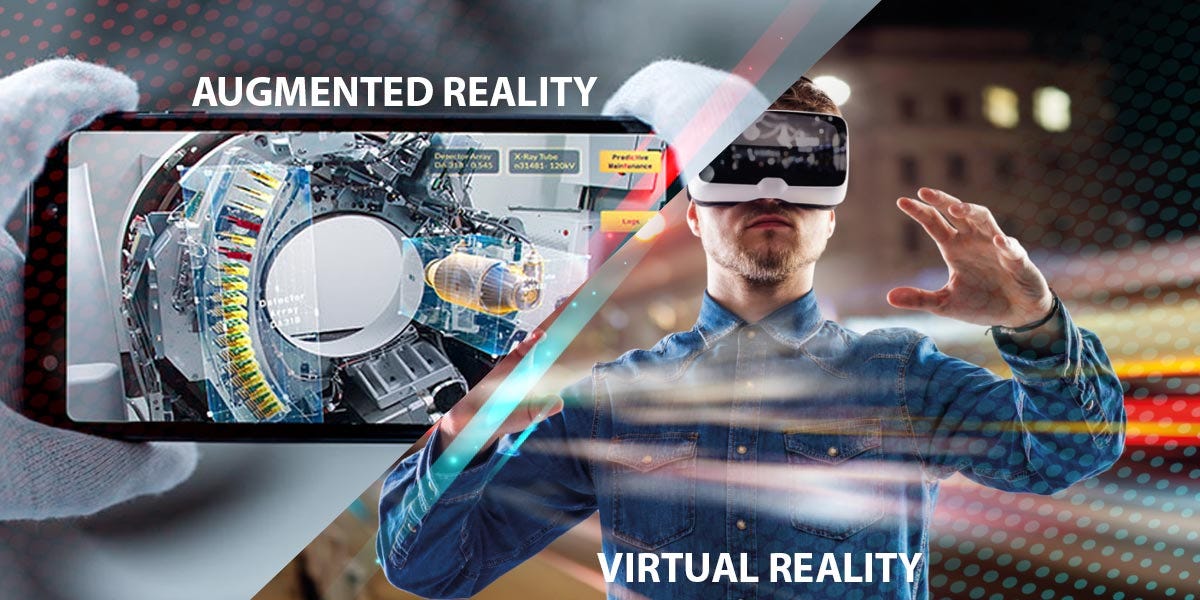
Augmented Reality (AR) and Virtual Reality (VR): Bridging the Gap Between Real and Digital Worlds
Understanding Augmented Reality (AR)
Augmented reality overlays digital content onto the real world, enhancing our perception of reality by adding virtual elements in real-time. Unlike virtual reality, which immerses users in a completely digital environment, AR enhances our physical surroundings with digital information, graphics, or interactive elements. Popular examples of AR include smartphone apps like Pokemon Go, which superimposes virtual creatures onto real-world locations, and Snapchat filters, which add fun effects to selfies and videos.
The Promise of Virtual Reality (VR)
Virtual reality, on the other hand, transports users to entirely virtual environments, immersing them in a simulated reality that can be entirely different from the physical world. By donning a VR headset, users can explore fantastical landscapes, participate in immersive gaming experiences, or undergo virtual training simulations. VR has applications beyond entertainment, with uses in fields such as healthcare, where it's used for pain management, therapy, and surgical training, and in education, where it facilitates immersive learning experiences.
Applications Across Industries
AR and VR are revolutionizing industries ranging from gaming and entertainment to healthcare, education, retail, and beyond. In gaming and entertainment, AR and VR offer immersive experiences that transport users to new worlds, engage their senses, and foster deeper connections with content. In healthcare, AR and VR technologies are being used for medical training, patient education, and therapy, enabling practitioners to simulate surgeries, patients to overcome phobias, and researchers to explore the human body in unprecedented detail.
Practical Uses in Everyday Life
Beyond specialized applications, AR and VR have practical uses in everyday life. In retail, AR enables customers to visualize products in their homes before making a purchase, while VR facilitates virtual showrooms and immersive shopping experiences. In education, AR and VR bring learning to life by enabling students to explore historical sites, conduct virtual experiments, and interact with 3D models of complex concepts. In the workplace, AR and VR technologies are enhancing collaboration, training, and remote work capabilities.
Challenges and Future Outlook
While AR and VR hold immense promise, they also face challenges such as hardware limitations, content creation costs, and concerns about privacy and ethics. However, as technology continues to advance and become more accessible, the potential for AR and VR to revolutionize industries and enrich our lives is virtually limitless. As we look to the future, the continued development of AR and VR technologies promises to unlock new opportunities for innovation, creativity, and human connection.
In conclusion, augmented reality (AR) and virtual reality (VR) are reshaping the way we interact with digital content and experience the world around us. From immersive gaming experiences and practical applications in healthcare and education to transformative uses in retail and beyond, AR and VR technologies are breaking down barriers and bridging the gap between the real and digital worlds. As we embrace these technologies and explore their potential, we embark on a journey of discovery, innovation, and endless possibilities.